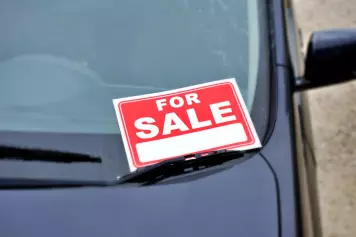Structural damage occurs when the core frame or unibody of a vehicle is bent, cracked, or compromised as a result of a significant collision, impact with a curb or large obstacle, or prolonged exposure to corrosive elements.
Sellers are legally and ethically obligated to disclose structural damage, as selling without disclosure poses potential risks, liability, and reputational damage. For potential buyers, unknowingly purchasing a structurally compromised vehicle can mean hidden safety risks and steep repair bills. Worse still, you may be riding a car that won't protect you as designed. Undisclosed structural damage is a major red flag for buyers.
Accident victims, on the other hand, need to determine if the car is repairable or a total loss. Accident victims need to understand safety implications post-repair and negotiate fair insurance settlements, as even after repair, the vehicle’s performance may be diminished.
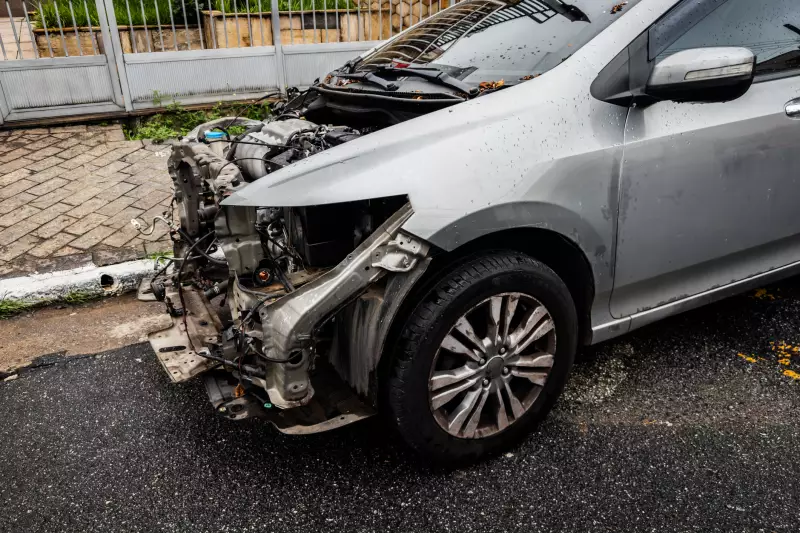
What Is Considered Structural Damage on a Car?
Structural damage occurs when the vehicle’s critical support elements - its frame, unibody, subframe, or chassis rails - have been bent, cracked, or compromised. These components are the skeleton of your car, bearing the weight of the body, engine, suspension, and even passengers. In addition, the skeleton is designed to absorb crash forces to protect occupants.
Unlike superficial dents or cosmetic blemishes, structural damage compromises the integrity of the car, where its strength and rigidity originate. It affects the core load-bearing components, altering the way a car behaves in a crash. It damages the skeleton of the car, making the vehicle unable to absorb and distribute forces as designed in a collision. Because the frame dictates how a vehicle absorbs and distributes crash forces, any distortion may drastically reduce safety in subsequent accidents. You may not see structural problems at first glance, but misaligned panels, uneven gaps, or a pull to one side when driving may all be signs of hidden frame issues.
Common Types of Structural Damage
Every vehicle’s safety and integrity rely on a network of steel and aluminum components designed to absorb energy, maintain rigidity, and still maintain the car’s shape and structure. When these parts bend, crack, or deform, you have structural damage on your hands, an issue that goes beyond cosmetic dents. Here are the most common types of structural damage, what they are, and how their damage impacts the vehicle’s safety and value.
- Crumple Zones: The crumple zone, front and rear, is engineered to absorb the energy from a crash by folding in a predictable and controlled way during a collision before it reaches the passenger cabin. Damage to the crumple zone occurs from minor fender-benders that reduce the energy absorption capacity or severe front-end collisions that crush the rails and require replacement. A compromised crumple zone may transmit more crash force to occupants, increasing the risk of injury. Furthermore, repairing crumple zone damage is labor-intensive and usually shows up on vehicle history reports, reducing the resale price.
- Frame Rails: They are longitudinal beams running under the car, front to back. They carry the suspension loads and connect the bumper to the chassis. Damage to the frame rails occurs from hitting an object like a pole, which twists or bends the rails. Also, towing accidents, like improper low-hook use, may crack or buckle the rail attachment points. Twisted rails alter the suspension configuration, resulting in poor handling and uneven wear and tear. In a repeat collision, they may not align properly, reducing crash protection. Damage to the frame rail reduces the market value of vehicles by 10-20%.
- Pillars: The pillars are the vertical supports between your doors and glass areas. The A-Pillar is located between the windshield and front doors, the B-Pillar is located between the front and rear doors, and the C-Pillar is located between the rear doors and the trunk. Side impact crashes can crease or buckle a B-Pillar, while rollovers can bend the A- and C-Pillars inward. Pillars form the safety cages around occupants. A damaged pillar risks collapse in rollovers or side impacts. Pillar repairs require cutting and welding new sections, leaving visible seam lines and reducing buyer confidence.
- Rocker Panels: The rocker panels are long horizontal sections running beneath the doors along the vehicle’s sides. They reinforce the car’s sides below the doors and support the pillars. Rocker panels are crucial for side-impact safety. Damage to the rocker panels occurs from side collisions, rust, or improper jacking. The damage weakens side-impact protection, causing the doors to jam during a collision. Rocker panel damage moderately reduces the value of the car, especially if it is rust-related.
- Suspension Mounts: Suspension mounts are the points where the suspension components, control arms, struts, and engine cradle attach to the chassis. Hard impacts, such as potholes or curb hits, can crack or deform mounting brackets. Damaged suspension mounts may lead to misaligned wheels, unpredictable steering, and component failure. Mount damage, even minor ones, may trigger a full subframe replacement or re-alignment, both of which lower buyer trust and trade-in offers.
Frame vs. Unibody Damage
All vehicles are built on two primary construction methods: body-on-frame, called full-frame, and unibody. How these structures are built dictates how they handle impacts and how damage is assessed and repaired.
A full frame is a heavy ladder-style frame with two long rails and cross-members that support the engine, drivetrain, suspension, and body components. The body sits on top, bolted in place. Vehicles with full-frame construction include trucks, large SUVs, and most heavy-duty commercial vehicles.
Damage to the frame rails occurs during off-center collisions, towing accidents, or high-offset impacts, which may distort the chassis rails. In addition, a hard impact under the belly can fracture cross-members that hold up the transmission or exhaust.
For a unibody vehicle, the body and frame are integrated into a single unit. The body shell, including floor pan, roof pillars, rocker panels, and firewalls, is made from a network of stamped steel panels welded together to form the primary structure. This unit bears all loads -mechanical, structural, and collision. The most common unibody vehicles are sedan cars, crossovers, and smaller SUVs.
Damage to the unibody occurs during impact with the rocker panels, A-Pillars, or floor pans, which may bend, buckle, or crumple the structural panels, weakening the entire unit and distorting its form. In addition, spot-welded joints may crack or pull apart in a collision, compromising the “safety cage.”
How To Check If a Car Has Structural Damage
Identifying structural damage before you buy a vehicle can save you thousands in repairs and keep you and your passengers safe on the road. Here are practical steps and tools to uncover hidden frame or unibody issues.
- Conduct visual and hands-on inspections.
- Check the panel gaps and alignment. Look for inconsistencies and check the gaps between doors, hood, trunk, and fenders. They should be even left-to-right and top-to-bottom. If one door sits higher than the other or the hood edge dips, those are red flags for bent hinges or frame rails.
- Check for cracked or excessive welds. Look under rocker panels and inside wheel wells for uneven or mismatched weld spots.
- Look out for bright, shiny weld beads or drilled-out spots. They may indicate panel replacements.
- Lift the carpet or trunk liner to inspect the floor pan. Ripples, creases, or uneven metal may signal crushed or warped areas.
- Test drive the car to conduct suspension and steering checks. Uneven tire wear, pulling to one side, or a wobbly steering wheel often point to misaligned suspension mounts or bent frame components.
- Use measurement tools
- Conduct a string test. Stretch a string or a straightedge along the car’s lower sill panels. If the string arches away from the body at certain points, the rails may be twisted.
- Many collision shops offer 3D scan inspections, which compare your car’s dimensions to factory specs at multiple reference points, highlighting any deviations beyond acceptable tolerance.
- Review vehicle history reports
- Use GoodCar to check the vehicle’s history. Enter the VIN to see reported accidents, brands, and insurance claims. While not error-free, these reports often flag major collisions that may have caused frame issues.
- Check your state DMV’s online record system for title history. A salvaged, rebuilt, total loss, or airbag deployment may usually indicate structural damage.
- Pre-purchase inspection by a qualified mechanic or body shop
- Look for ASE-certified technicians or specialists working out of a reputable collision repair center.
- A good inspection will place the car on a lift for a detailed undercarriage inspection, check the alignment and suspension, inspect for hidden repairs, filler, or shoddy repair work, and use specialized measuring tools to check for critical point-to-point distance against factory specs.

Can Structural Damage Be Repaired?
It is essential to understand whether structural damage issues can be fixed before you decide to repair or walk away from a damaged vehicle. Generally, while many types of structural damage are repairable, the reality depends on the severity of the damage, the vehicle’s market value, local repair standards, and legal requirements. Let’s break down what you should expect if you decide to fix a structurally damaged car.
Repairing a structurally damaged car has serious cost implications. Computerized measuring diagnosis typically costs up to $400, while frame straightening costs can set you back another $500-750. Repairing a structurally damaged car can be labor-intensive, requiring a lot of labor hours as pulling, sectioning, welding, and refining take time.
Original Equipment Manufacturer (OEM) structural sections are expensive. A single front frame rail may easily cost up to $1,200 before labor. Repairs can easily range from $200 for minor frame pulls to over $10,000 for major unibody sectioning. There are also hidden costs, such as alignment, brake lines, ADAS recalibration, and steering damage costs associated with structural damage repairs.
There are also legal and insurance considerations when fixing a structurally damaged car. In many states, cars with significant structural repairs receive a “rebuilt” or “salvage” title brand, reducing the sale value by up to 40%. Some jurisdictions mandate post-repair safety inspections that ensure the frame meets factory specs before the car may be registered. Also, insurers may require estimates and photo documentation before authorizing structural repairs. They may total the car if the repair exceeds a percentage of its pre-loss value, usually 60-100%.
There are also safety concerns when repairing a structurally damaged car. An improper structural repair may be life-threatening. The car’s crumple zones and passenger safety cage may not function as designed in another crash, endangering the occupants. An unaligned frame or unibody causes poor handling, uneven tire wear, and premature wear on the steering components. If the repair is not done properly, it creates a weak spot that could fail easily from a minor crash.
Driving a car that has undergone structural repairs may be safe if the repairs restore the vehicle to its original factory tolerances. Before you decide to trust your structurally damaged car, the following safety concerns should be examined:
- Ensure the repair facility is ASE or I-CAR- Gold Class certified.
- The technicians have specialized structural repair training.
- Be sure that OEM standards are followed to repair the car. Ensure the shop used the vehicle manufacturer’s exact repair guidelines to fix the car and that structural parts were replaced with new OEM components.
- The repair facility provides a computerized measurement validation confirming the frame or unibody is within factory specs post-repair.
- The repair shop provided a full repair record, alignment reports, and warranty documentation.
However, most repaired structural damage carries lingering risks. You may consider a structurally damaged car unfit to drive if you notice the following:
- Lack of documentation. No measurement report or repair invoice from a certified collision center is a red flag. If you can’t verify the chassis was returned to specs, treat the vehicle as unfit to drive.
- Visible or poorly welded beads, uneven gaps, or misaligned doors and hoods may indicate corner-cutting during the fix. These visual cues often reveal deeper issues.
- A persistent alignment problem, or if you hear creaks and groans over bumps, the structural damage may not have been properly addressed during the repairs.
- If the vehicle carries a salvage or rebuilt designation and the seller can’t provide comprehensive repair records, assume the car is unsafe to drive.
- The Advanced Safety Systems (ADAS) wasn’t reset, or the airbag or seat belt pre-tensioners were deployed but not replaced or calibrated, and the car is unfit to drive.
Does Structural Damage Affect Value or Title Status?
When the frame or unibody is bent, cracked, or weakened, it not only undermines crashworthiness but also affects every aspect of your car’s value, insurability, and legal standing.
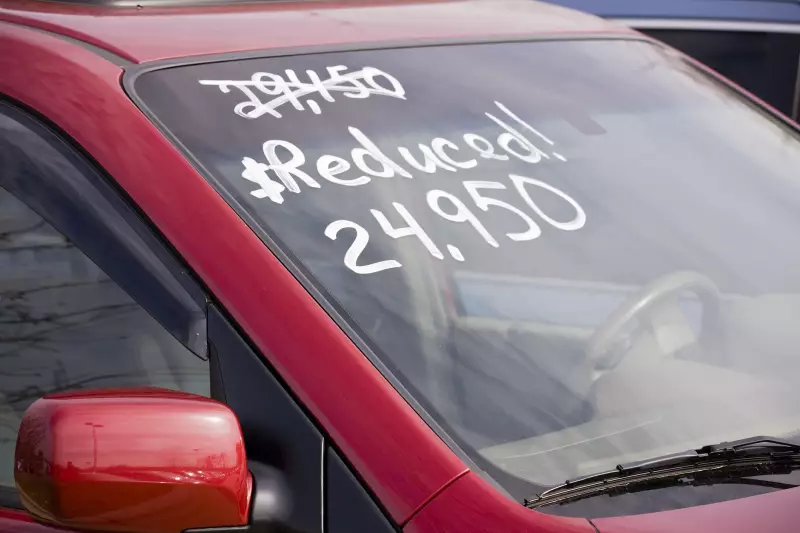
A vehicle with known or suspected structural damage may lose 30-50% of its market value compared to an equivalent undamaged car. Even after it is professionally repaired, a frame-repaired car may still rate lower because most buyers, and even sales guides, view any repaired structure as an inherent liability. In addition, the year, make, model, and mileage may no longer matter once a structural issue is detected. An older accident-free vehicle may have a better resale value.
When structural repairs exceed a certain percentage of a vehicle's pre-loss value, insurers typically declare it a salvage total. At that point, the car receives a branded title, legally marking its history. If the vehicle is later repaired and passes a state-mandated safety inspection, it can earn a rebuilt or rebirth title, branded but road-legal. These title brands stay with the car forever.
Federal and state law mandate disclosure of branded titles and known structural damage when selling a vehicle. Failure to do so may expose sellers to fines, forced rescissions of the sale, or even civil liabilities for misrepresentation.
In summary, structural damage significantly compromises a vehicle’s safety, value, and legal standing—making disclosure, inspection, and proper repair critical. Whether you're buying, selling, or repairing such a vehicle, understanding the full implications of structural damage can protect both your wallet and your well-being on the road.


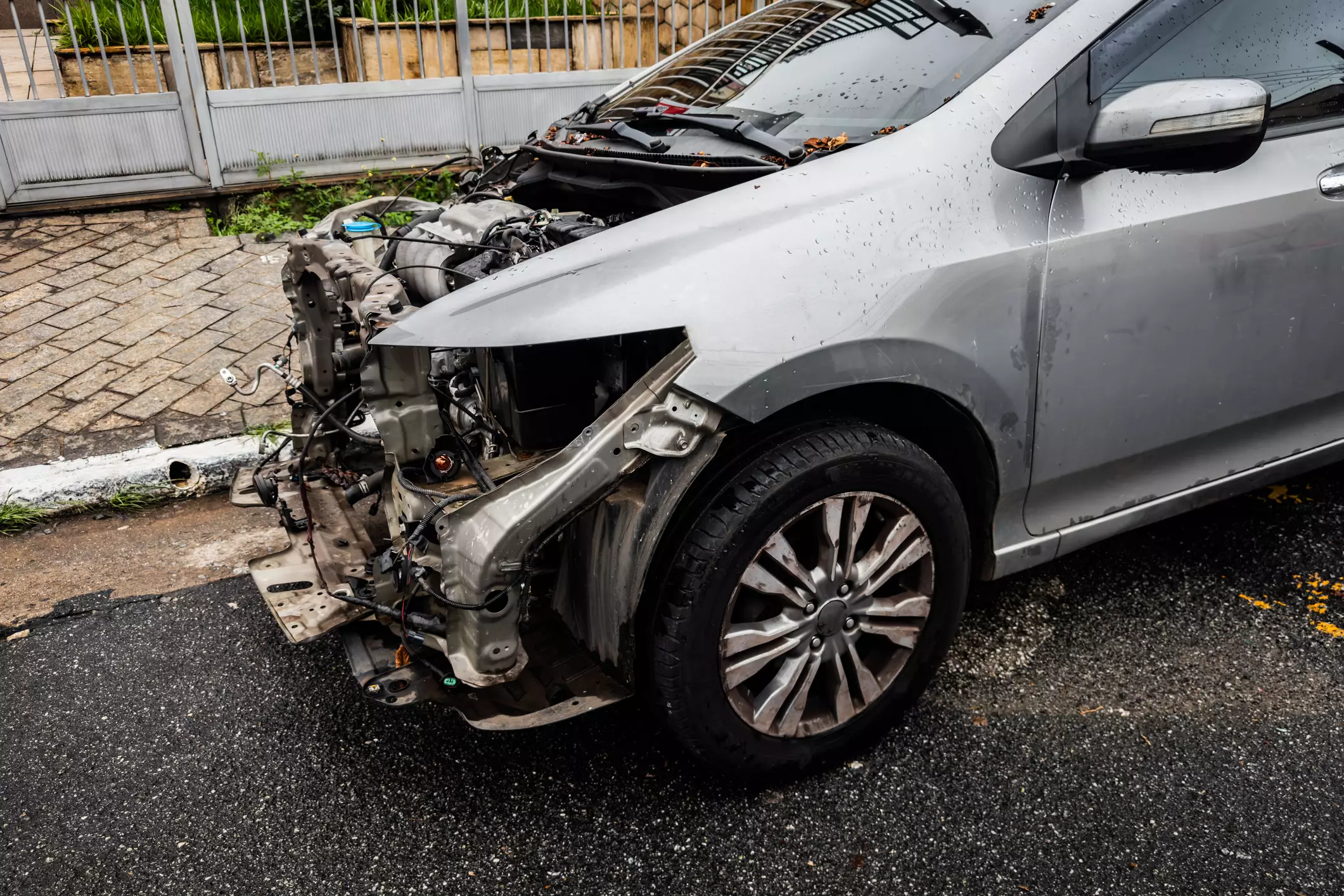

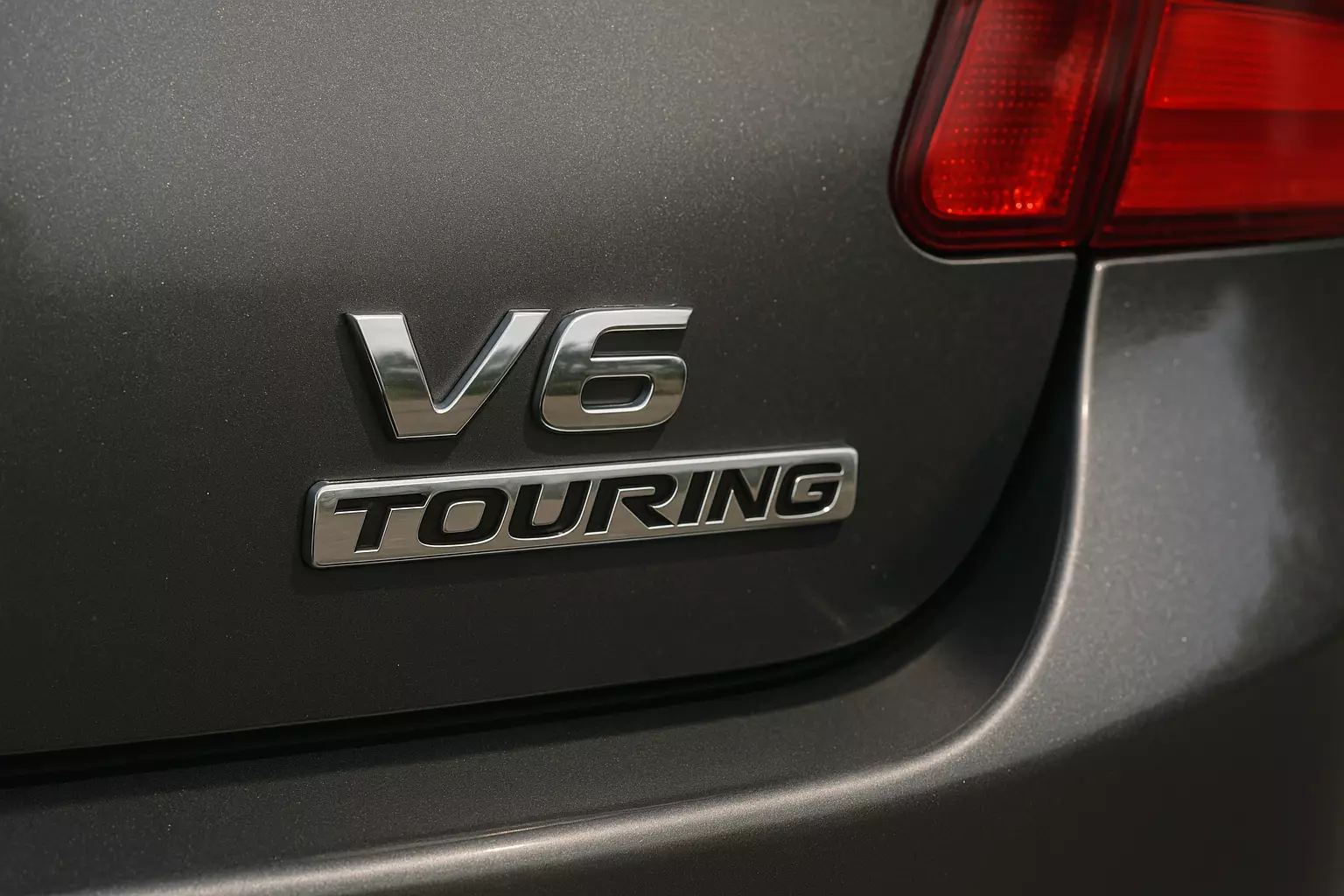


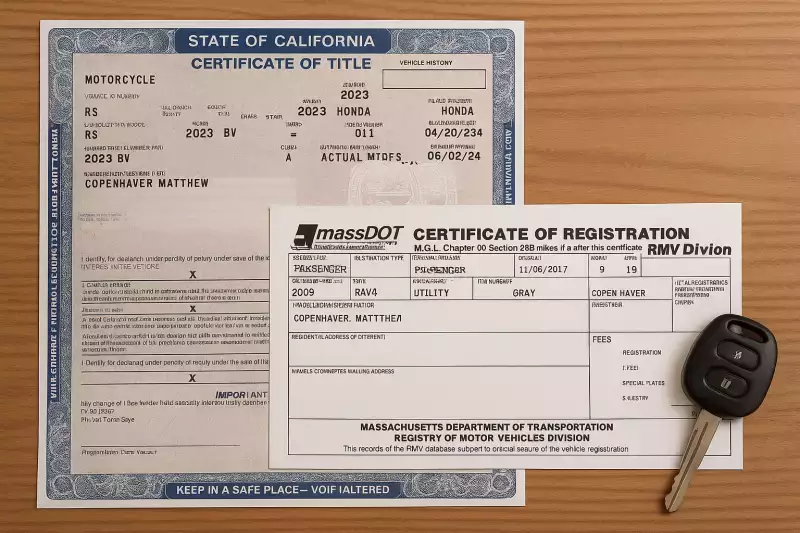
![Best Sites to Check a Car’s History [2025 Review]](https://media.infopay.net/thumbnails/K8lMeG2QLjE46LPqZlmoi6SunKKdT5qvlaRZk6e1.webp)
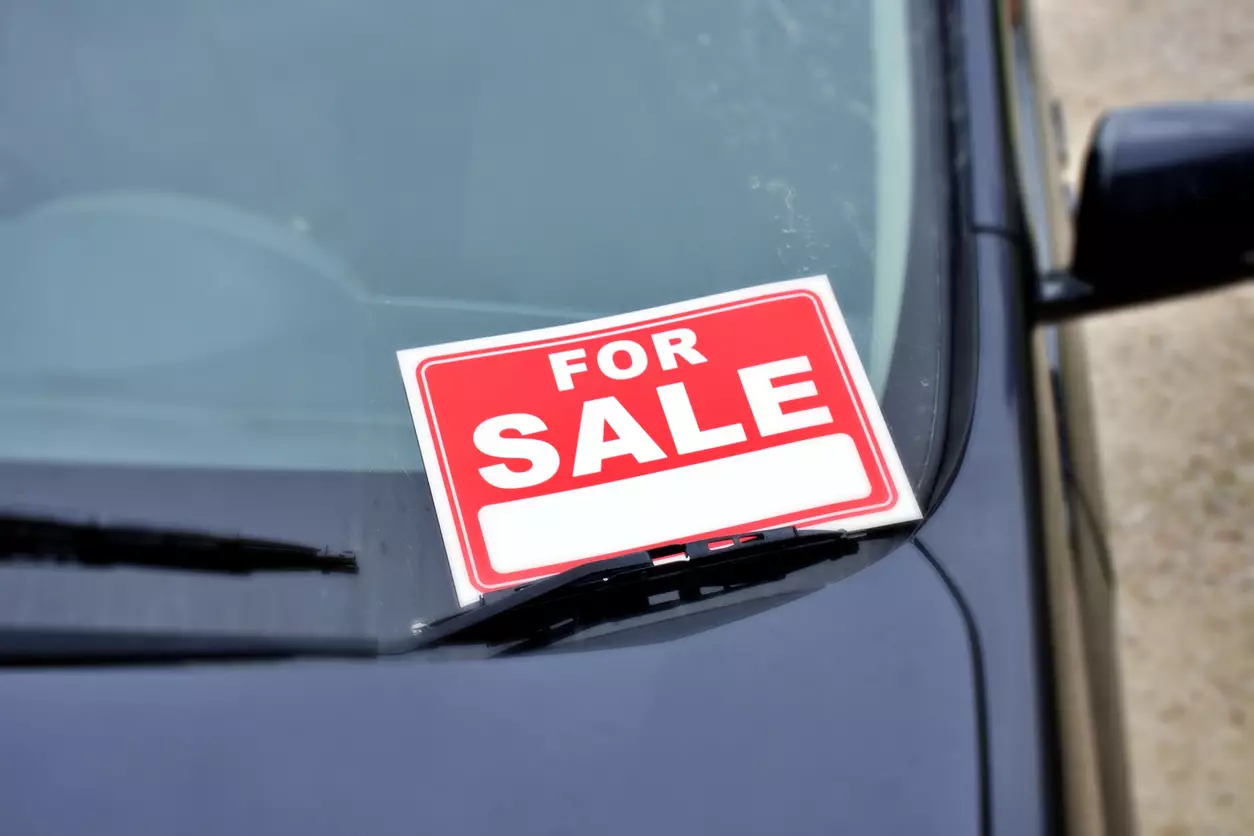





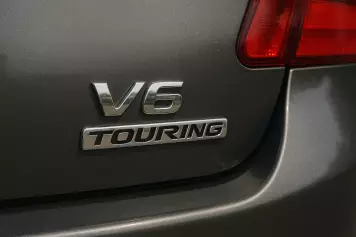


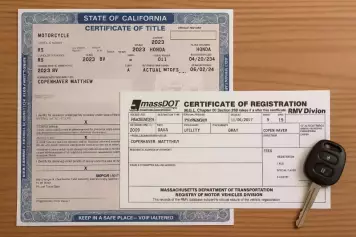
![Best Sites to Check a Car’s History [2025 Review]](https://media.infopay.net/thumbnails/K8lMeG2QLjE46LPqZlmoi6SunKKdT5qvlaRZk6e1-w356.webp)
